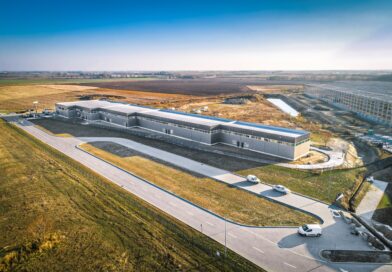Weak Start, Promising Finish
Activity on the industrial property market in 2009 remained very modest. Decrease was especially significant after the record breaking year of 2008, in both demand and supply.
Economic downturn heavily affected the industrial output; the entire logistic sector suffered a huge loss in orders. Hence the industrial property market saw a decline in new demand whereas renewal of existing premises became a key factor for the first time on the Budapest market – claims the latest research of CB Richard Ellis (CBRE).
An 18% fall in property demand does not seem striking at first, given the collapse of industrial output experienced last year. Nevertheless, half of this lower demand was driven by renewals (compared to a negligible share in 2008), while new leases (or pre-lets) in 2009 fell to half the level of previous year.
On the other hand, this trend has justified improving outlooks. “As we forecast, the industrial property market seems to be the first to regain momentum.” – commented Adrienne Konthur, Managing Director at CB Richard Ellis Budapest. “In the last quarter the Hungarian market registered the largest industrial leasing deal ever: ProLogis Park in Százhalombatta welcomed a new tenant on 38,700 sq m. Demand in other parks was also quite stable – it was less than in 2008 but December was already a successful month in the market.”
On the back of developers’ activity started in 2008, new completion reached a high level in 2009 with 170,000 sq m new space delivered. Coupled with low demand, this drove up vacancy to over 24% by June. Decreased new supply in the second half and increasing demand helped to push vacancy rate slightly down to 22% by year end.
Gergely Baka, Senior Property Adviser at CB Richard Ellis Hungary said: “According to our forecast, new supply remains low in first half this year and we do not expect significant growth in activity later in the year either. Vacancy is likely to decline further to 15-17% by the end of the year, that would be equal to the level in 2008. At such a decreased (although still high) vacancy level rental pressure may start to ease.”
































